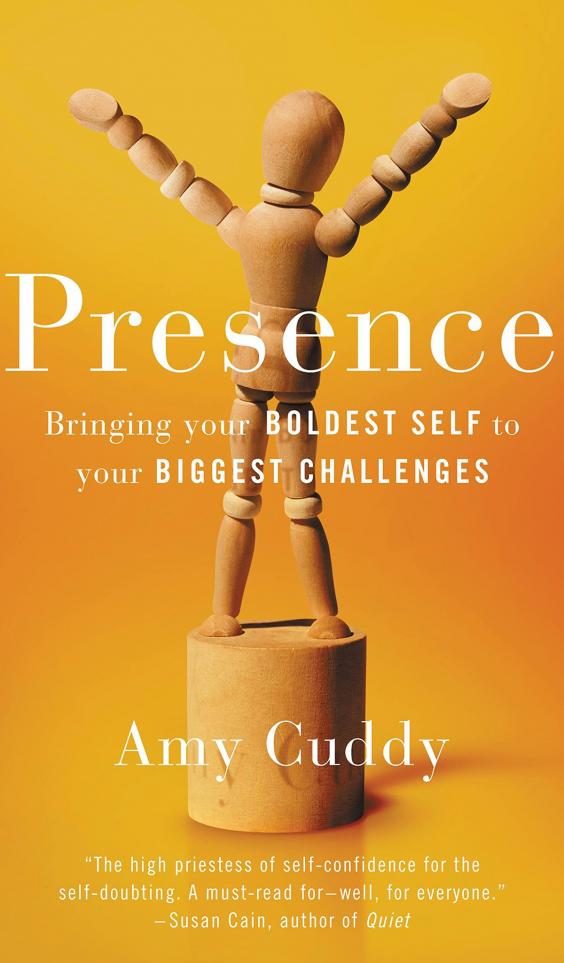When asked what allergy triggers concerned respondents the most, the answers were pollen (63.1%), cigarette smoke (59.3%), environmental pollutants such as haze (56.3%), antibiotics (53.6%) and house dust mites (40%). Even though the level of pollen exposure in Malaysia is lower than other countries, it still topped the list. Photo: TNS
More than 50% of Malaysians think there is a cure for allergies, when in fact, there is no known cure.
Results of the first Allergy-Free Nation survey released recently revealed that a further 28% don’t know whether there is a cure for allergies.
Allergies are reaching epidemic levels both locally and globally, yet statistics show that we are woefully ignorant when it comes to allergy awareness.
“These statistics suggest that the public perceive that seeing a healthcare professional will provide a cure. This indicates allergy awareness on prevention is low in Malaysia and highlights the importance of implementing a Malaysian Allergy Roadmap,” says consultant paediatrician and clinical immunologist/allergist Dr Amir Hamzah Abdul Latiff.
The nationwide survey, a collaboration between The Malaysian Society of Allergy and Immunology (MSAI) and Universiti Putra Malaysia (UPM), is the first of its kind here.
The preliminary data involved 7,132 respondents, and was compiled over a period of four months (December 2015 to March 2016).
To gather more data, the survey is still ongoing at more than 250 obstetric and gynaecological, and paediatric clinics across Malaysia, 40 child enrichment centres in the Klang Valley, and online via the MSAI website.
The initiative seeks to change the allergy landscape in Malaysia and address how allergies are both identified and diagnosed.

Allergy awareness on prevention is low in Malaysia and highlights the importance of implementing a Malaysian Allergy Roadmap, says Dr Amir. Photo: ROHAIZAT MD DARUS/The Star
In Malaysia, it is estimated that four out of five children are at risk of developing allergies when both parents have a pre-existing allergy.
Dr Amir, who is also the president of MSAI, says, “Prevention is the best way to manage allergies via breastfeeding and using hydrolysed formula when breastfeeding is not possible. The benefits of breastfeeding are indisputable as it offers the best source of nutrition, and may even help reduce the risk of allergies for those who breastfed for at least four months.
“Mothers are encouraged to exclusively breastfeed for six months of life and to continue up to two years of age or more. In instances where breastfeeding is not possible, it appears that a clinically-proven partially-hydrolysed protein can offer some advantages to reduce the risk of eczema.”
The top few identified allergies include food allergies (55.2%), eczema/atopic dermatitis (42.4%), rhinitis/hay fever (29.1%) and asthma (27.4%).
Interestingly, almost half the participants (45.4%) believe that food intolerance is one of the allergic diseases, when it is not.
When asked what allergy triggers concerned respondents the most, the answers were pollen (63.1%), cigarette smoke (59.3%), environmental pollutants such as haze (56.3%), antibiotics (53.6%) and house dust mites (40%).
Even though the level of pollen exposure in Malaysia is lower than other countries, it still topped the list.
Food allergies were given a relatively low ranking of concern at 29%.
“This signifies a big gap between ‘awareness’ of the allergy and their ‘concern’ with respect to the impact it will have on their lives or that of their family members.
“With food allergies set to reach epidemic levels, more needs to be done to raise awareness in this area,” says Dr Amir.
Common food allergens Malaysians know of include seafood (89.9%), followed by tree nuts (47%) and soy (44.3%). The awareness of cow’s milk as a food allergen is still low at 8.31%.
Dr Amir points out, “Cow’s milk is actually the most common food allergen in young children and the allergy awareness survey shows we still have a lot more work to do to increase the public understanding of food allergy. In these children, eating the food allergen can trigger eczema.”
The survey suggests that consulting an allergist (55.7%) was the preferred choice of parents, although a high 47.9% said they sought treatment from a holistic medicine practitioner, while 45.8% consulted a general practitioner (GP).
“We know allergists play a leading role, but so do the obstetricians and gynaecologists (ObGyns), GPs and paediatricians. ObGyns play a role in caring for the mother and foetus, and that’s the first step for early intervention. The paediatricians care for the infant, while GPs play a role in caring for the entire family unit,” says Dr Amir.

Dr Woo says that food allergies are now very prevalent. Photo: ROHAIZAT MD DARUS/The Star
According to Assoc Prof Dr Intan Hakimah Ismail, head of UPM’s Department of Paediatrics and lead investigator of the survey, people tend to think allergies are physical in nature, but in reality, it is a lot more psychological.
“Many food allergies start when you’re a baby and go off, but may come back later in life as allergic rhinitis or asthma. You can even develop an allergy to foods you have eaten for years with no problems,” she says.
Consultant allergist and immunologist Dr Kent Woo adds, “Food allergies are now very prevalent. Before, it was mostly asthma and the occasional peanut allergy. But now, there is a landmark study that shows that if you introduce peanuts and other potentially allergy-causing foods to a child at an early age, they don’t develop allergies.”
The study for the UK Food Standards Agency published in The New England Journal Of Medicine earlier this year found that children who were introduced to peanut and egg-white proteins from the age of three months had a lower chance of developing food allergies than those who were only introduced to them at six months old – but only if the recommended quantity of allergenic food was consumed.
Scientists found that weekly consumption of the equivalent of approximately one-and-a-half teaspoons of peanut butter and one small boiled egg would lead to the prevention of an allergy to those food substances.
The research compared those infants who were breastfed and consumed allergenic foods from three months, with those solely breastfed and given foods at six months.
In the MSAI survey, 71% of respondents did not know what an anaphylatic reaction is.
Anaphylaxis is a serious, potentially life-threatening allergic response that is marked by swelling, hives, lowered blood pressure and dilated blood vessels. In severe cases, a person will go into shock.
“If an anaphylactic shock isn’t treated immediately, it can be fatal. With allergies on the rise, anaphylaxis education should become part of an allergy awareness programme,” says Dr Amir.


























